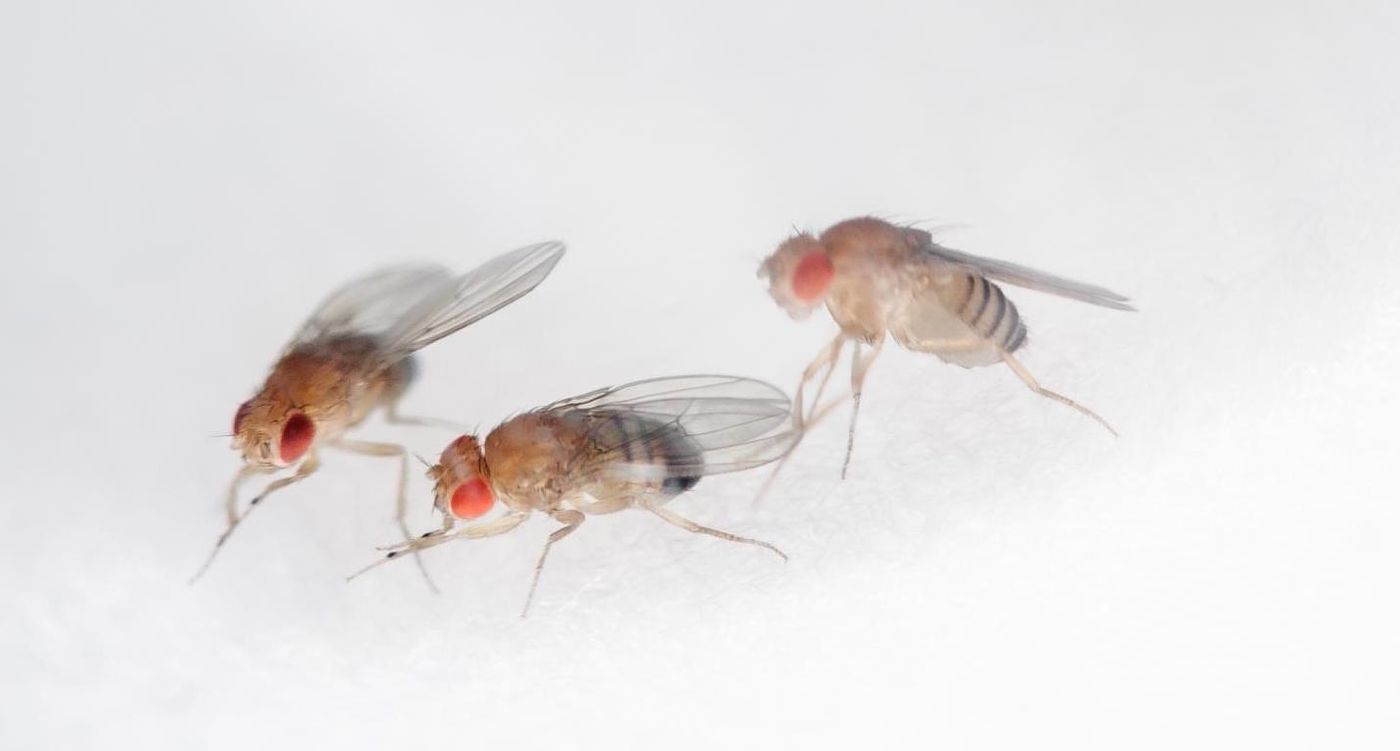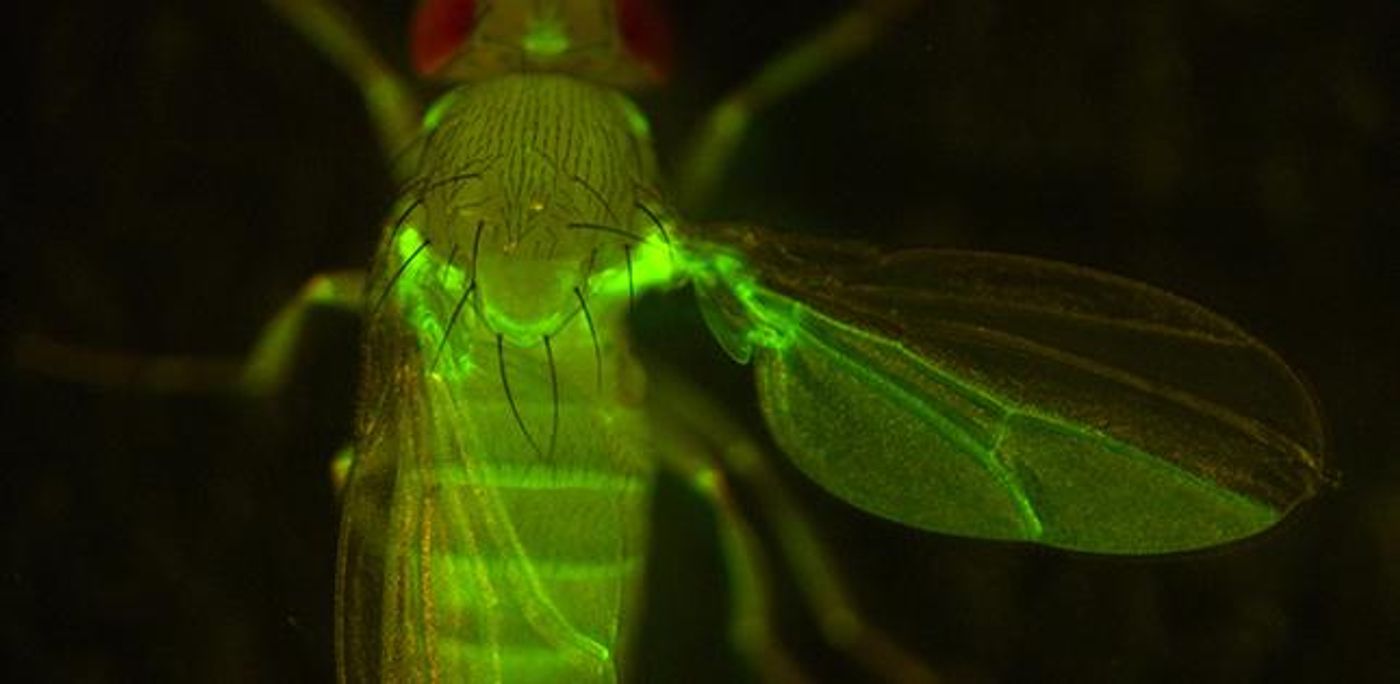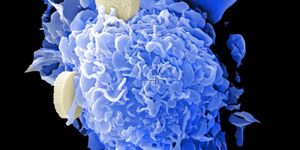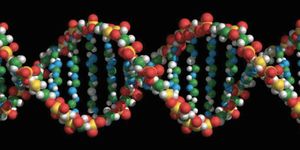Immune Protein Has a Surprising Role in Cell Adhesion
During development, cells multiply to grow the animal, and those cells have to organize properly and differentiate into special types to form various structures and tissues. As that happens, cells have to be able to come together and adhere to one another. Reporting in Nature Communications, researchers have now determined how the stickiness of cells enables them to be properly sorted into the right places during development. Cell adhesion, or how tightly they clump together, appears to be controlled in part by a molecule that is thought of as an immune protein.
It's long been observed that when cells start out in early development and have not yet specialized into a certain type, they tend to move in a way that keeps cells with similar fates together. The differential adhesion hypothesis, first proposed in 1964 by Malcolm Steinberg, suggests that cells with similar levels of stickiness stay in contact to keep energy use efficient and low, which helps to maintain thermodynamic stability.
"Many other theoretical works have emphasized the importance of differences in cell-to-cell adhesion for separating cell populations and maintaining the boundaries between them, but this had not yet been demonstrated in living animal epithelial tissues," said the study leader Erina Kuranaga of Tohoku University's Laboratory for Histogenetic Dynamics. "Our study showed, for the first time, that cell sorting is regulated by changes in adhesion."
In this study, Kuranaga and her team used fluorescent tags to visualize the expression of a protein called Toll-1, which appears to act like an adhesion molecule. It forms a boundary between compartments of cells with similar fates and helps to correct distortions if the cells within the compartments don't divide at the same rate. Distinct populations of cells in the developing fruit fly cluster together because they will go on to form specific structures, like the epidermis.
Toll-1 proteins are typically known as watchdogs that recognize pathogenic invaders in the body. Now we know they have a role outside the immune system. "Our work improves understanding of the non-immune roles of Toll proteins," said Kuranaga.
The research team is planning to continue their investigation of how various genes in the Toll family are functioning in the fruit fly.
Sources: AAAS/Eurekalert! via Tohoku University, Nature Communications










